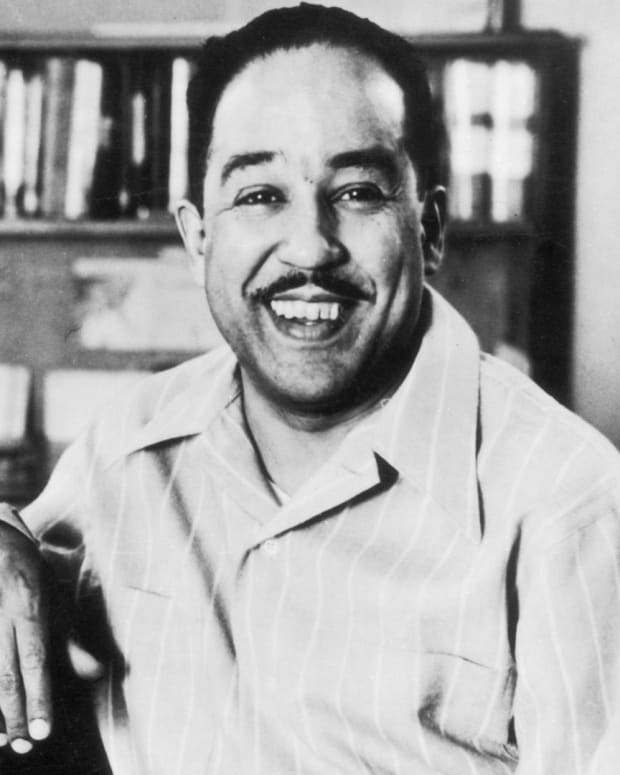

Langston Hughes and Martin Luther King, Jr. Learn more about the Harlem Renaissance from the History Channel. Read Langston Hughes’s 1926 essay “The Negro Artist and the Racial Mountain." Listen to Langston Hughes read "Harlem."įull Text of "The Negro Artist and the Racial Mountain" to Langston Hughes, which includes a reference to a performance of Lorraine Hansberry's play “A Raisin in the Sun." Read a letter from Martin Luther King, Kr. VocalEssence / Philip Brunelle.- Read more about "Harlem" in this essay by Scott Challener at the Poetry Foundation. Southern Nazarene University Chorale / Brent Ballweg (Okalahoma City, OK)įestival Choir of Madison / Bryson Mortenson (Madison, WI) Sammy Ofer Gallery, Cutty Sark, Greenwich (London, ENGLAND) Bir Miftuħ International Music Festival (Gudja, MALTA) South Bend Chamber Singers / Nancy Menk (South Bend, IN) Lively Experiment of University of Rhode Island / Mark Conley (Kingston, RI)

Lesbian and Gay Chorus of Washington D.C. Geraldine R Dodge Poetry Festival (Waterloo Village, NJ) Hamilton College Choir / Rob Kolb (Rochester and Buffalo, NY Cincinnati and Cleveland Heights, OH Evanston and Kenilworth, IL) (Ithaca, NY)Ĭhamber Singers of Iowa City / Martin Dicke (Iowa City, IA)ĬoroAllegro / Jack Warren Burnam (Wilmington, DE)įrom Age to Age / Peter Durow (Anoka, MN) Roberts Kolb (Ithaca, NY)īroadmoor Chamber Singers / Rebecca Kenneally (Natick, MA)īrookline Chorus / William Cutter (Brookline, MA)Ĭayuga Vocal Ensemble / Carl Johengen. I didn’t realize it at the time, but my setting of Langston Hughes’ “April Rain Song” was directly inspired by my children’s “name lullabies.” The complete text of the poem is sung by two or more soloists, while the choir itself creates a vocal accompaniment entirely from the syllables of the word “lullaby.” Starting out as a light rain, the vocal texture eventually gives way to an unhurried, gently rocking sleep-song. And when the inevitable boredom of day-in-and-day-out caregiving set in I would make up outlandish rhyming ditties. While pacing with a tired wailer I would repeat syllables until a rhythmic pattern gave me a groove to dance to. While in the rocking chair I would spin their names into long melismas. But my favorite lullabies were created by playing around with the syllables of their names. I listed their stuffed animals, I embroidered fantastic stories, and I invented new lyrics to familiar tunes. I made up most of the lullabies on the spot using whatever materials presented themselves at the moment. I composed April Rain Song when my sons were still babies and I was singing lullabies to them several times a day.


 0 kommentar(er)
0 kommentar(er)
